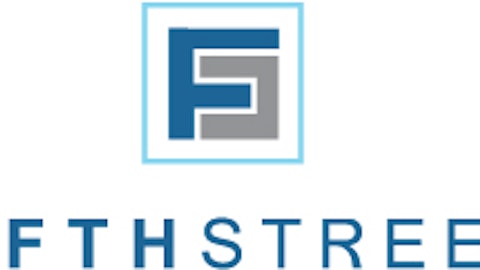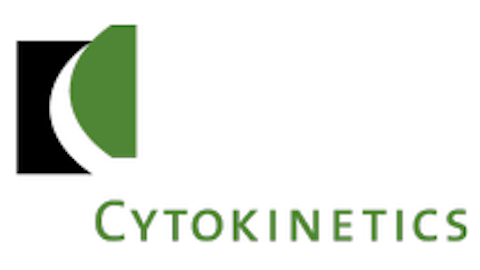But when I think about the margin argument and I hate to kind of harp on it, but if Spain’s kind of been doing double-digits and E-Commerce has been strong which is typically pretty much lower margins let’s just say, is the combination of Ezidebit coming on and then pricing, because Ezidebit I thought had lower margins than what you actually produced this quarter even in international?
Jeffrey S. Sloan
Hi Dan, it’s Jeff. So what I would say is when we announced the acquisition and then closing of Ezidebit, what we had said at the time is it’s above our international margins Dan before we even brought it into Global Payments.
Dan Perlin
Okay.
Jeffrey S. Sloan
So Ezidebit really from the initial acquisition is accretive to our international margins. So as Cameron referenced, it’s obviously helpful to the economic model number one. Number two, I would say that our objective as a company as you know is to grow overall margins. So we run a portfolio of diverse businesses but we don’t see as changes come down the pike in Spain or elsewhere, we don’t see a reason why we wouldn’t be continuing to grow in the totality of our international margins over time. So I wouldn’t view it as a temporal move in margins. I would view it as this is a plan that we’re executing against.
Dan Perlin
Yup. And then my follow up is really in relation to kind of the OpenEdge, kind of go-to-market strategy and re-branding, I’m wondering is there any updates you can kind of give us in terms of cross-selling new products? What kind of uptake you’re seeing and then to what extent have you made that push geographically, kind of north of the border? Thanks.
David E. Mangum
Yes Dan, its David. Thanks for asking that question. OpenEdge first off is hitting its numbers. It’s growing just as we expected. The initial cross sales are moving well. Remember what we started with was integrating the entire sales force and then affecting the re-branding where we really expect to begin seeing momentum as you recall from a quarter ago, maybe two quarters ago, as we get into the second half of this year and then early ’16. We’ll see that momentum on two sides. One is the actual expense benefits from platform integration, some of the usual integration that we see, but the other is the cross-selling. So early days, the early signs are good. What you’ll see from that business particularly is the consolidated roll out of the security that includes EMV tokenization as well as point-to-point encryption into one bundled security solution, which really is the way to think about security particularly as you’re dealing with small to medium-sized merchants around the country.
And yes, we’re focused very discreetly on taking that business into Canada. We already have a small Canadian presence there. We have a dedicated sales staff which is one of the counter synergies — the negative synergies we’re affording this year on a way to hopefully improve performance in 2016 and growth in 2016. But everything at OpenEdge is right on track. We’re also executing the technology and platform integration plans as well. We’re boarding new customers to Global Payments platforms as we speak. So everything going very well and OpenEdge is delivering its income numbers just as we expected.
Dan Perlin
Excellent! Thank you guys.
Jeffrey S. Sloan
Thanks Dan.
David E. Mangum
Thanks Dan.
Operator
Thank you. Our next question is from Georgios Mihalos of Crédit Suisse. Your may begin.
Georgios Mihalos, Vice President, Equity Research at Credit Suisse.
Great, thanks guys and congrats on the quarter. Wanted to start off on the US side. It looks like you mentioned the 12% growth in your direct business, ISO slowing a little bit. It sounds almost like OpenEdge is sort of continuing to grow in sort of the high-teens as opposed to the mid-teens that I think you had originally sort of baked into the model, can you confirm that? And then related to that, as we go through 2015 and the EMV migration really starts to accelerate, do you think you would be able to maintain this current rate of growth in the high-teens?





